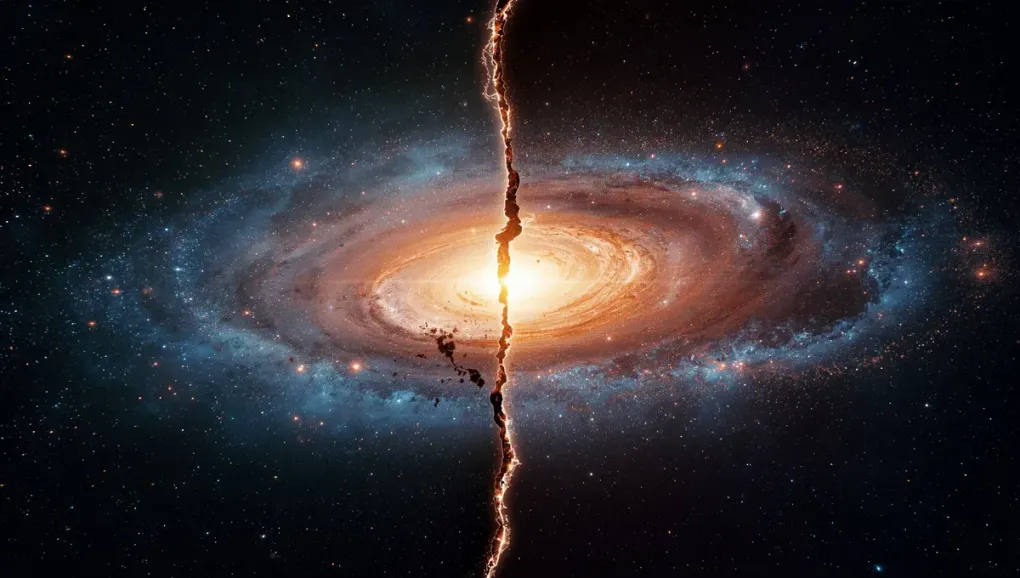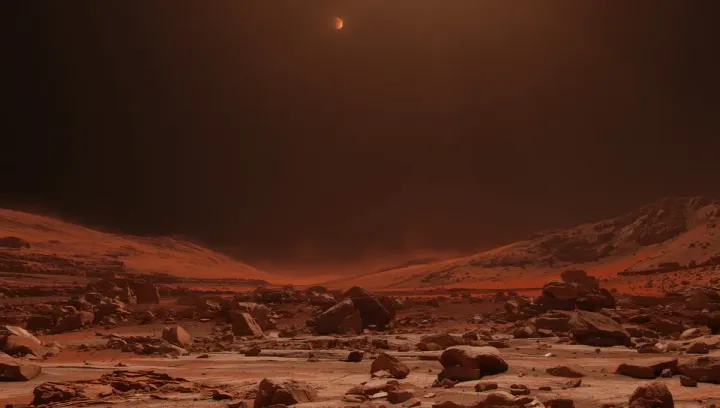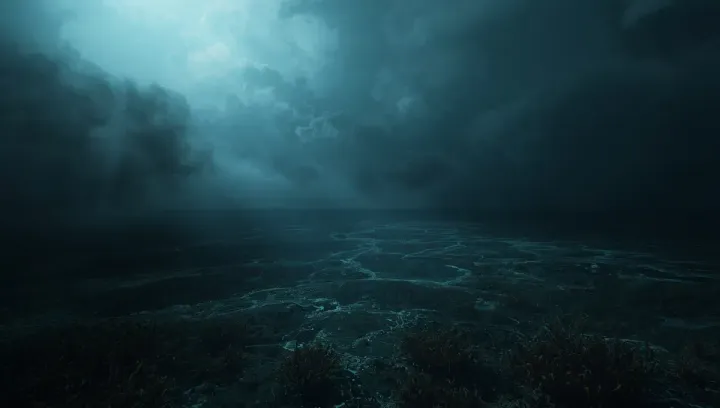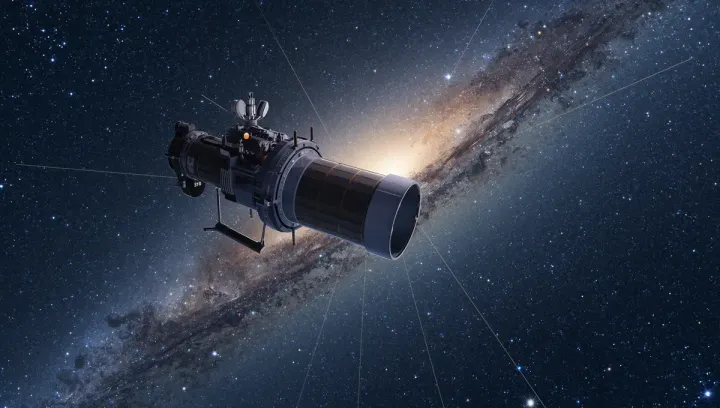
The Cosmic Crisis: Why Astronomers Can't Agree on the Universe's Expansion
One of the most fundamental facts about our universe is that it is expanding. Ever since Edwin Hubble discovered in 1929 that distant galaxies are speeding away from us, the question has been: how fast? This rate of expansion, known as the Hubble Constant, is one of the most important numbers in all of cosmology. It tells us the age of the universe, its scale, and its ultimate fate.
For decades, astronomers have built ever more precise tools to measure this number. But as their measurements have improved, something deeply unsettling has emerged. We now have two gold-standard, highly precise methods of measuring the Hubble Constant, and they give two different answers. This isn’t a small rounding error; it’s a statistically significant disagreement that can no longer be ignored. Known as the “Hubble Tension,” this discrepancy has evolved into a genuine crisis in cosmology, and it might be the first crack in our standard model of the universe.
Method 1: The Nearby Universe and the Cosmic Distance Ladder
The first method measures the expansion rate by looking at the universe relatively close to us—the “late” universe. The technique is called the Cosmic Distance Ladder, and it works by measuring the distances to galaxies and their speeds.
Think of it like measuring the speed of cars on a highway by looking at them directly. To do this, you need to know how far away they are. Astronomers use “standard candles”—celestial objects whose true brightness is known.
-
Cepheid Variables: These are pulsating stars whose rhythm is directly related to their intrinsic brightness. By measuring their pulse, we know how bright they should be. By comparing that to how dim they appear, we can calculate their distance. It’s like knowing a lightbulb is 100 watts; if it looks dim, it must be far away.
-
Type Ia Supernovae: For even greater distances, astronomers use a specific type of exploding star. These supernovae all have roughly the same peak brightness, making them excellent standard candles for galaxies far, far away.
By using Cepheids to calibrate the distances to nearby galaxies containing supernovae, astronomers can build a “ladder” out into the cosmos. When they do this, the data consistently yields a higher value for the Hubble Constant: around 73 kilometers per second per megaparsec.
Method 2: The Early Universe and the Echo of the Big Bang
The second method is completely different. Instead of looking at the nearby universe, it looks at the faint afterglow of the Big Bang—the Cosmic Microwave Background (CMB). This is the oldest light in the universe, a snapshot from just 380,000 years after its birth.
This is like calculating the speed of cars on a highway not by looking at them, but by analyzing the faint, residual rumble of the road left over from when the highway was first built. Using incredibly sensitive instruments, like the European Space Agency’s Planck satellite, scientists have created a detailed map of the tiny temperature fluctuations in the CMB.
They then use our best understanding of the universe’s ingredients—dark matter, dark energy, and regular matter—to create a model. This is the Standard Model of Cosmology, also known as Lambda-CDM. They run this model forward in time from the Big Bang to predict what the Hubble Constant should be today based on that ancient light. This method consistently gives a lower value: around 67 kilometers per second per megaparsec.
The Crisis: Why Can’t They Both Be Right?
For a long time, the uncertainty in these two measurements was large enough that they overlapped. Scientists figured the discrepancy would disappear with better data. But the opposite has happened. As the measurements have become more precise, their error bars have shrunk, and they now no longer overlap at all. The disagreement is robust.
This has forced astronomers to confront two possibilities:
-
Systematic Errors: There is a subtle, unknown flaw in one of the measurement techniques. Perhaps our understanding of Cepheid variable stars is slightly wrong, or there is some unaccounted-for dust that makes supernovae appear dimmer than they are. Scientists are rigorously investigating these possibilities.
-
New Physics: This is the far more exciting possibility. The disagreement could be real, pointing to a missing ingredient in our Standard Model of the Universe. Perhaps there was a period of “early dark energy” that briefly accelerated the universe’s expansion in its first million years. Perhaps there is a new type of subatomic particle, a “sterile neutrino,” that interacts with gravity. These are just some of the theories being explored.
Conclusion: A Crack in Our Understanding
The Hubble Tension is not a failure; it’s the most exciting thing that can happen in science. It’s a clue. It tells us that our current story of the universe is incomplete. Our two best methods of measuring the cosmos are giving us two different answers, and the discrepancy is a map pointing toward a new, unknown territory.
Whether the solution lies in a subtle measurement error or in a revolutionary new theory about the nature of reality, one thing is certain: the universe is still full of secrets, and this crisis is a sign that we might be on the verge of uncovering another one.


